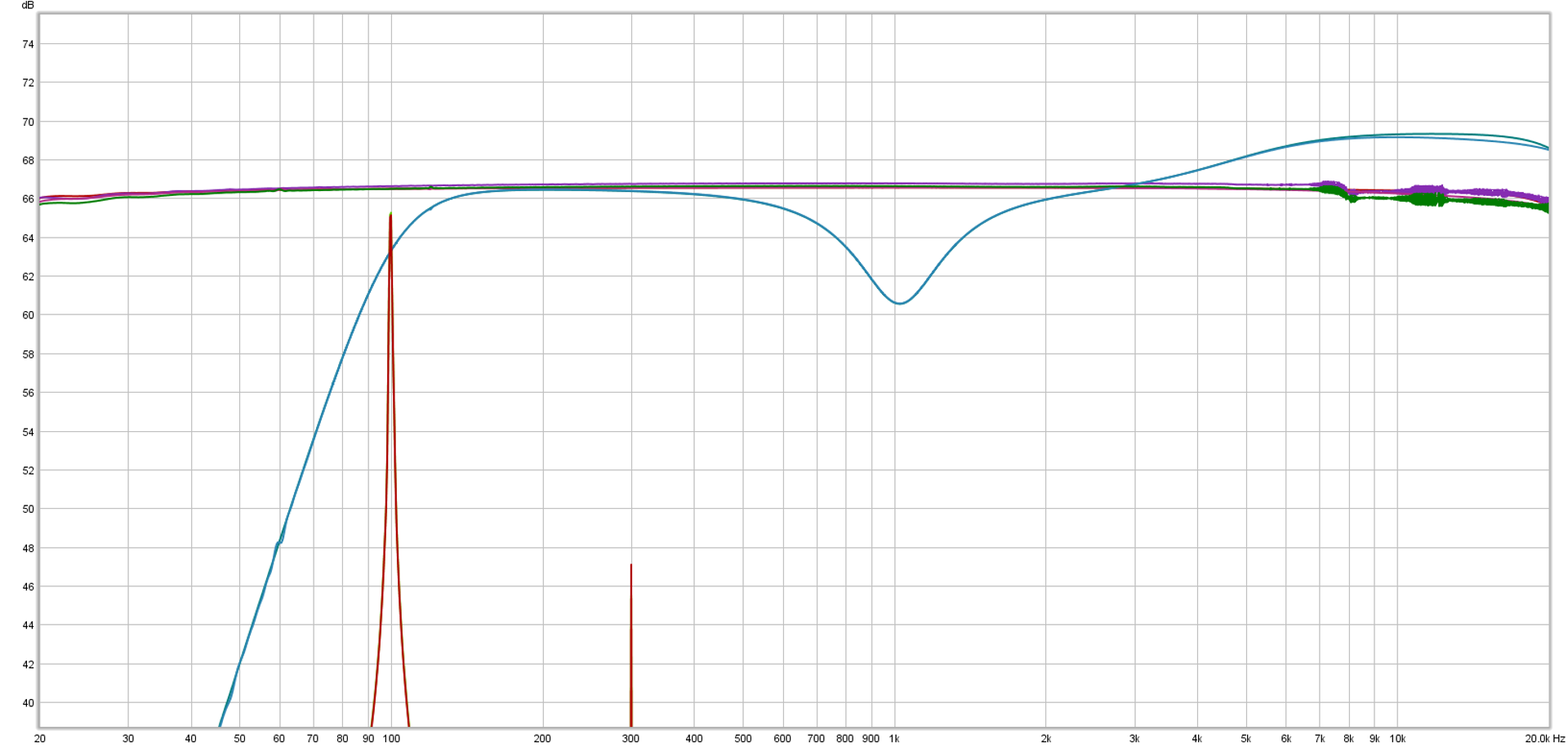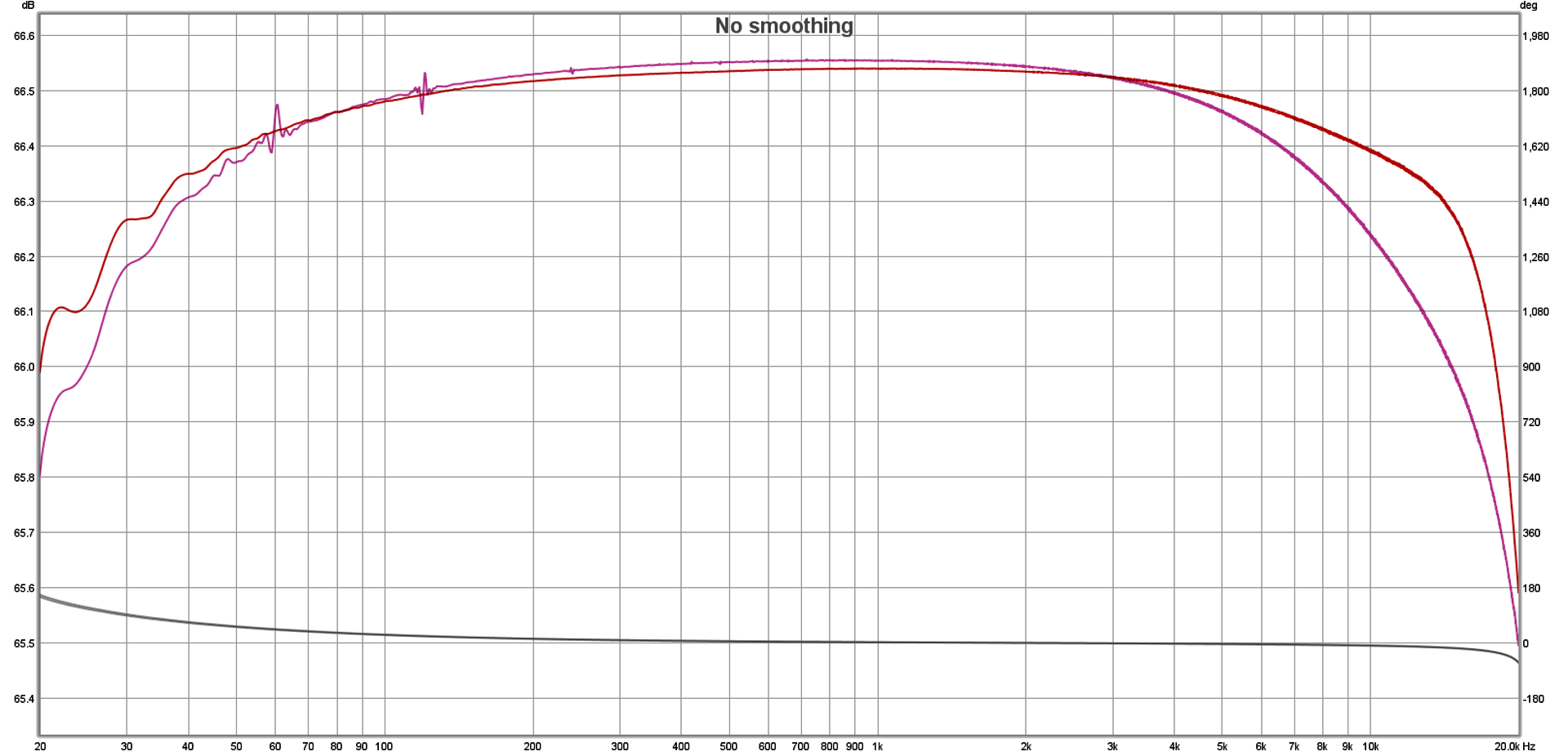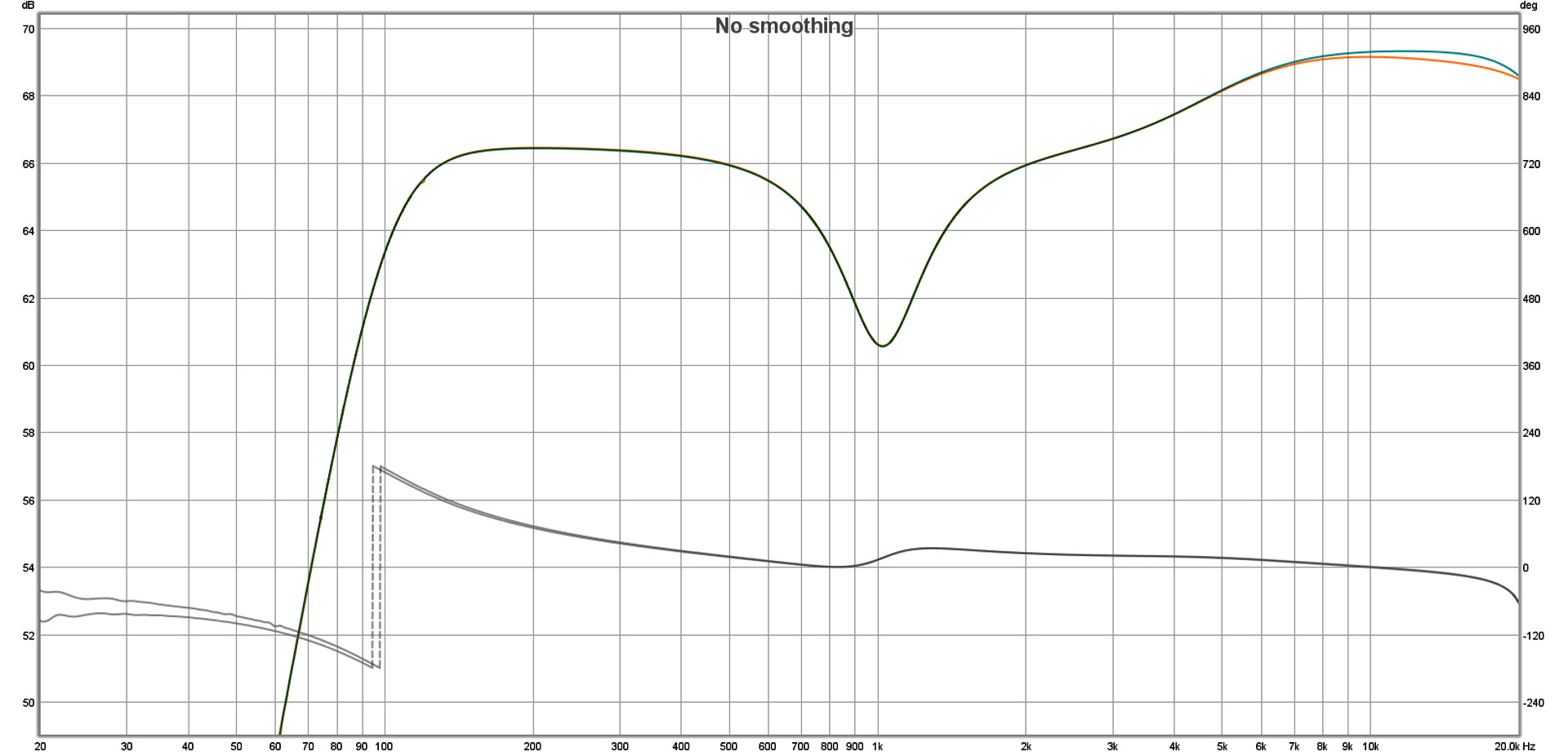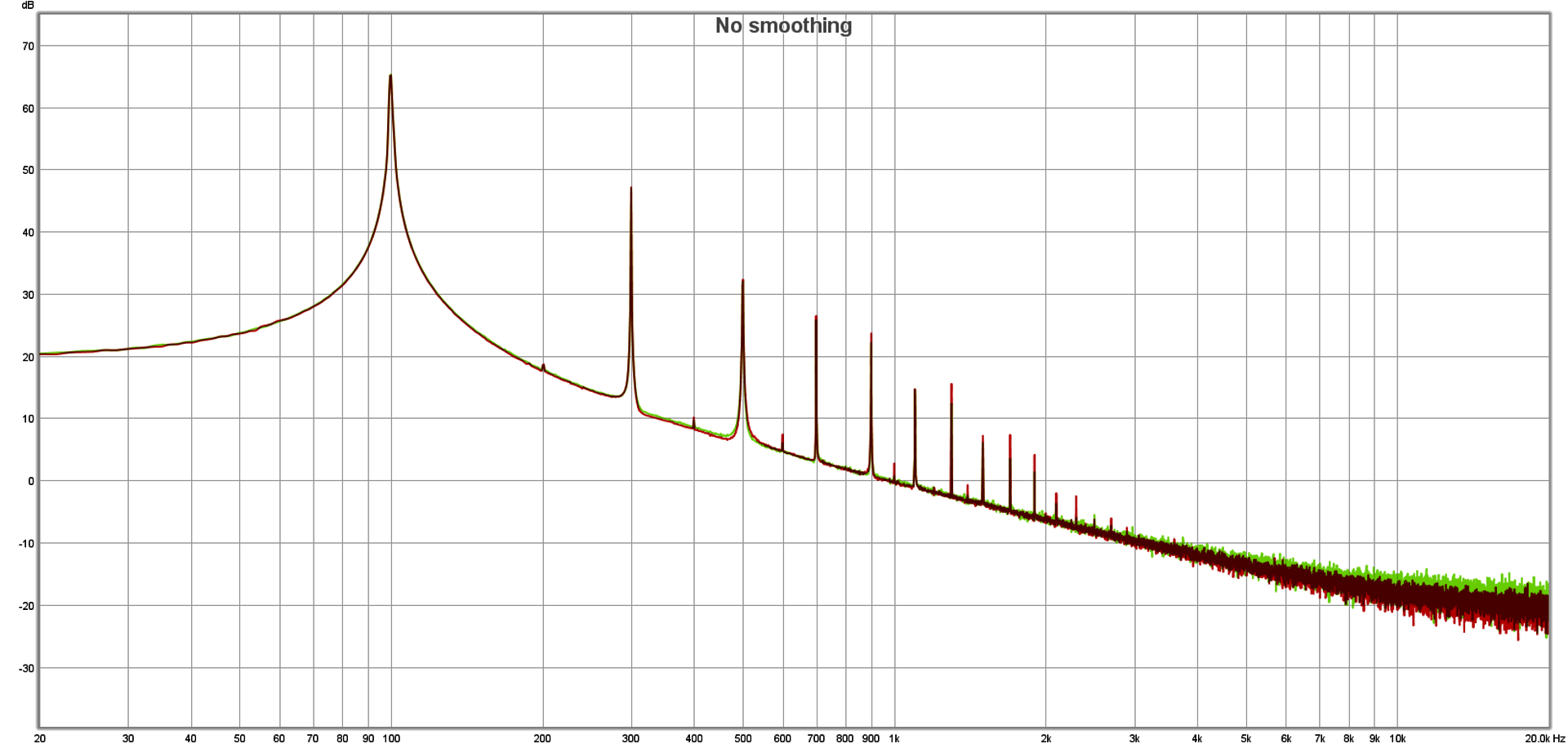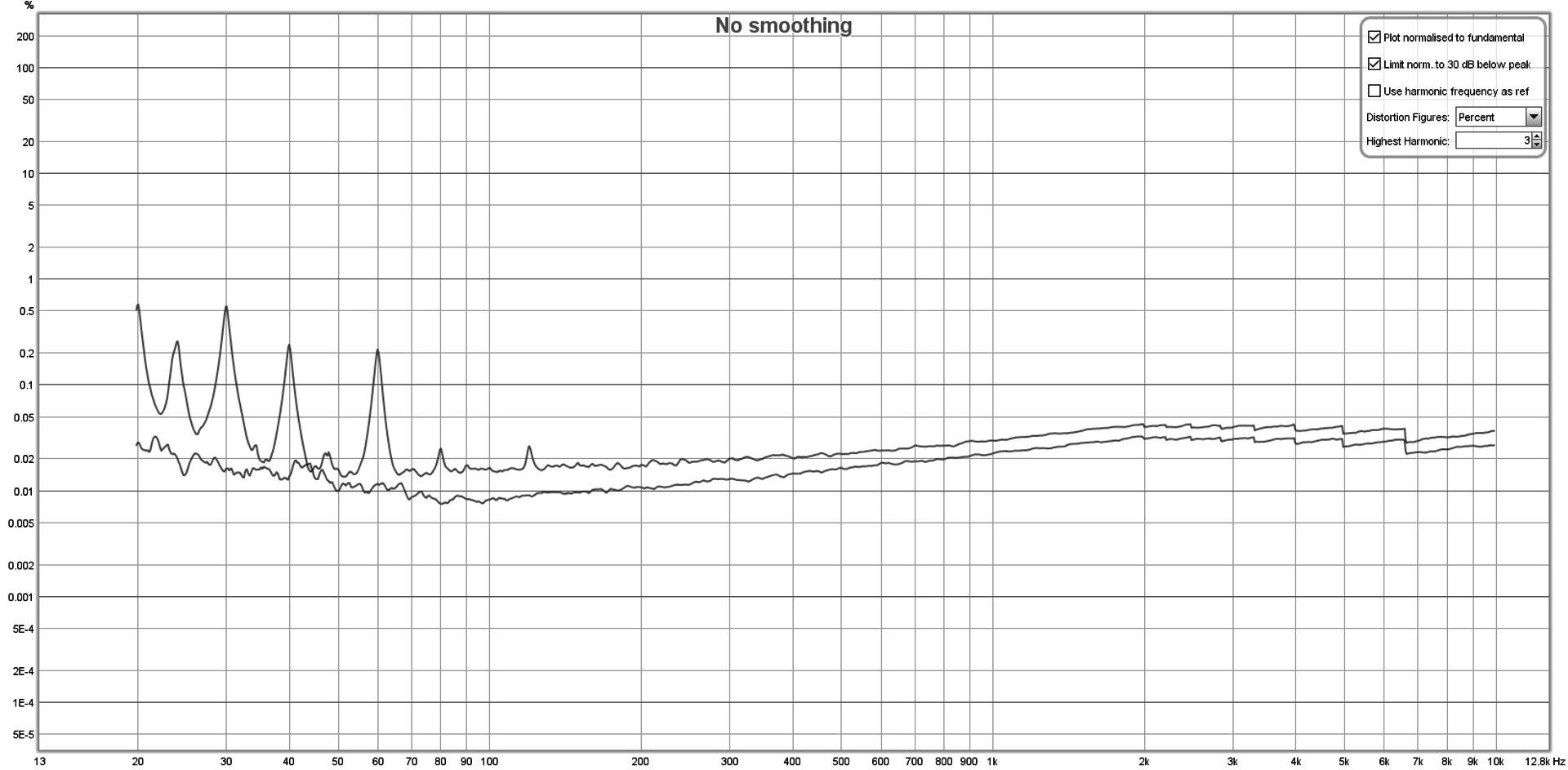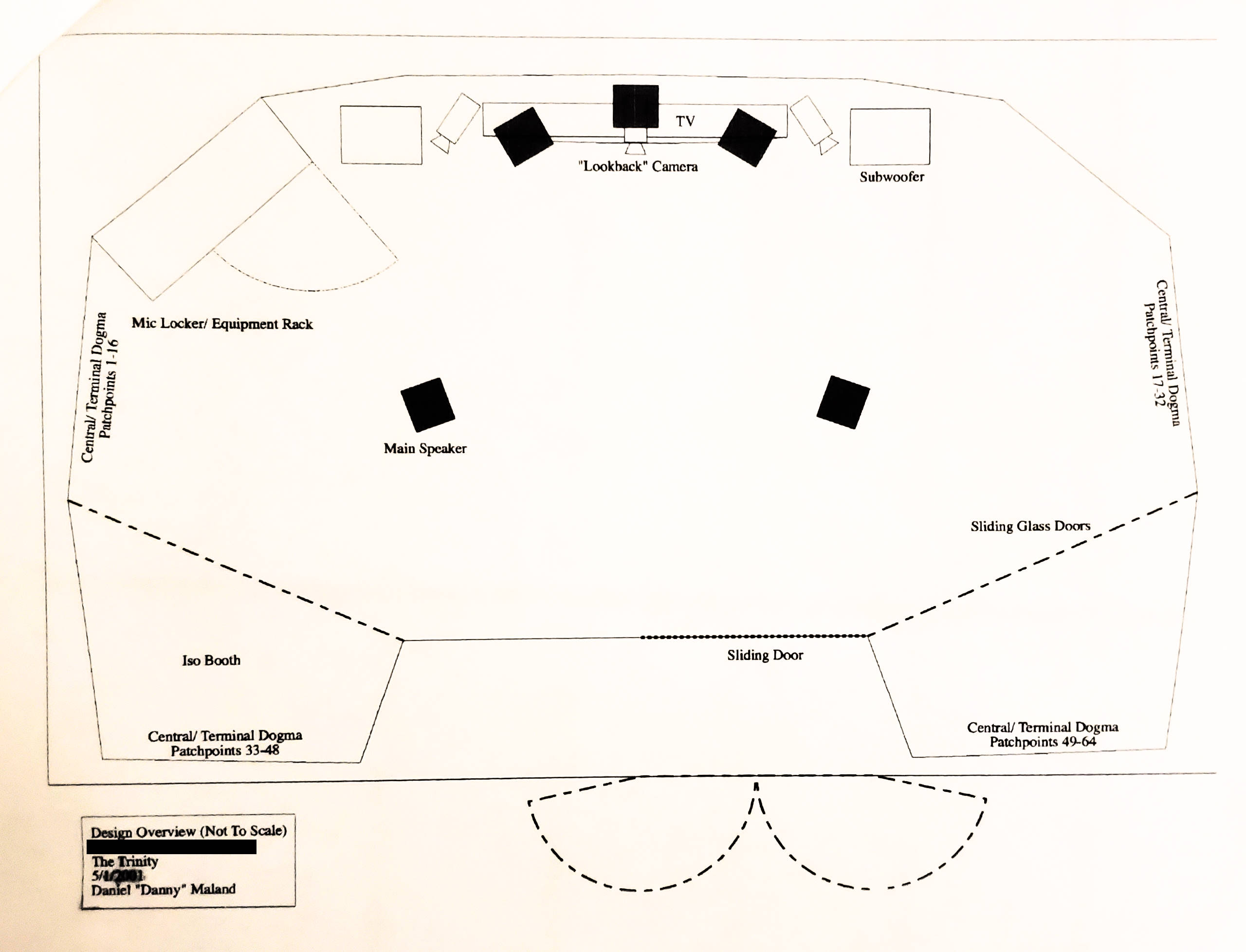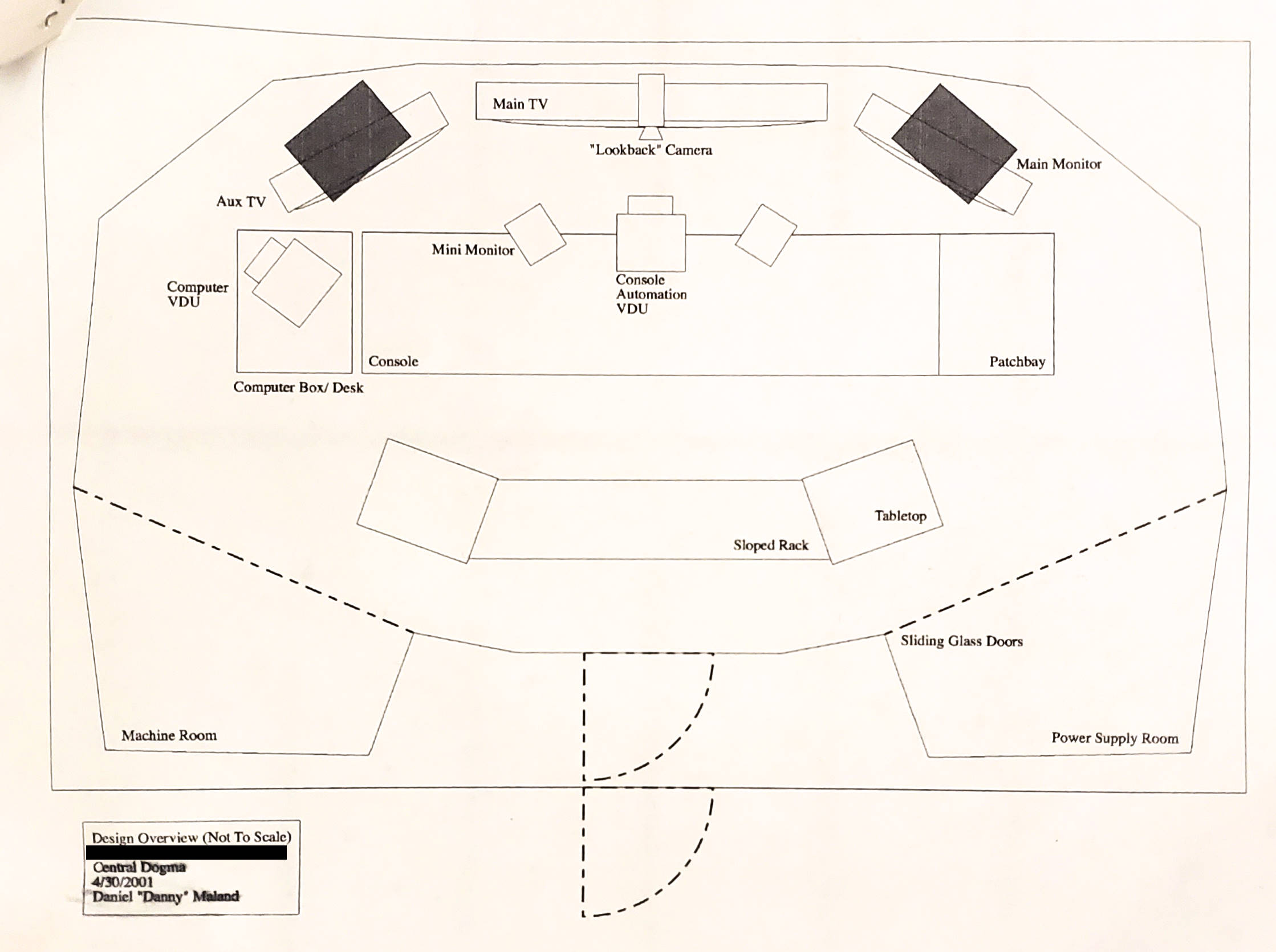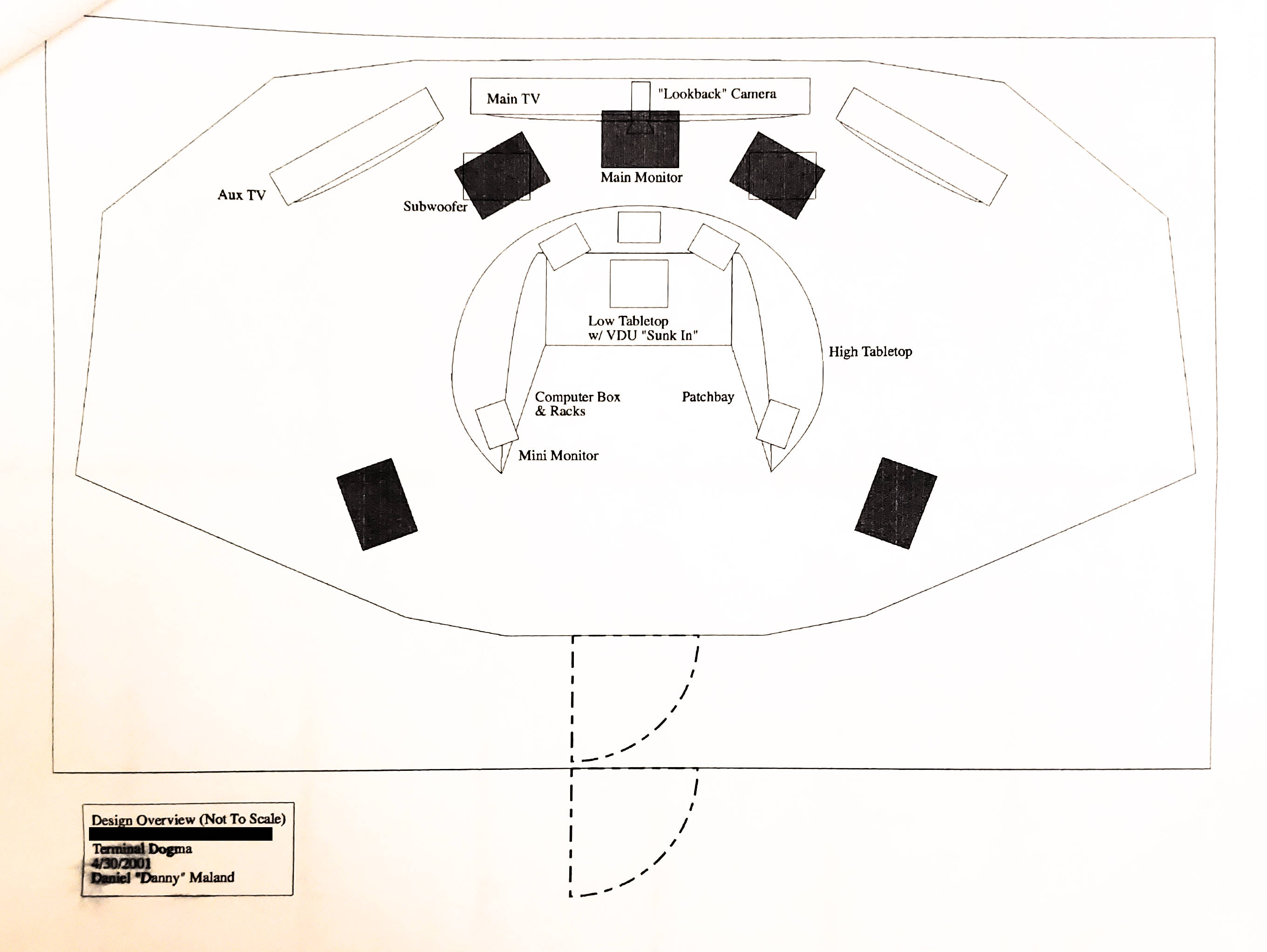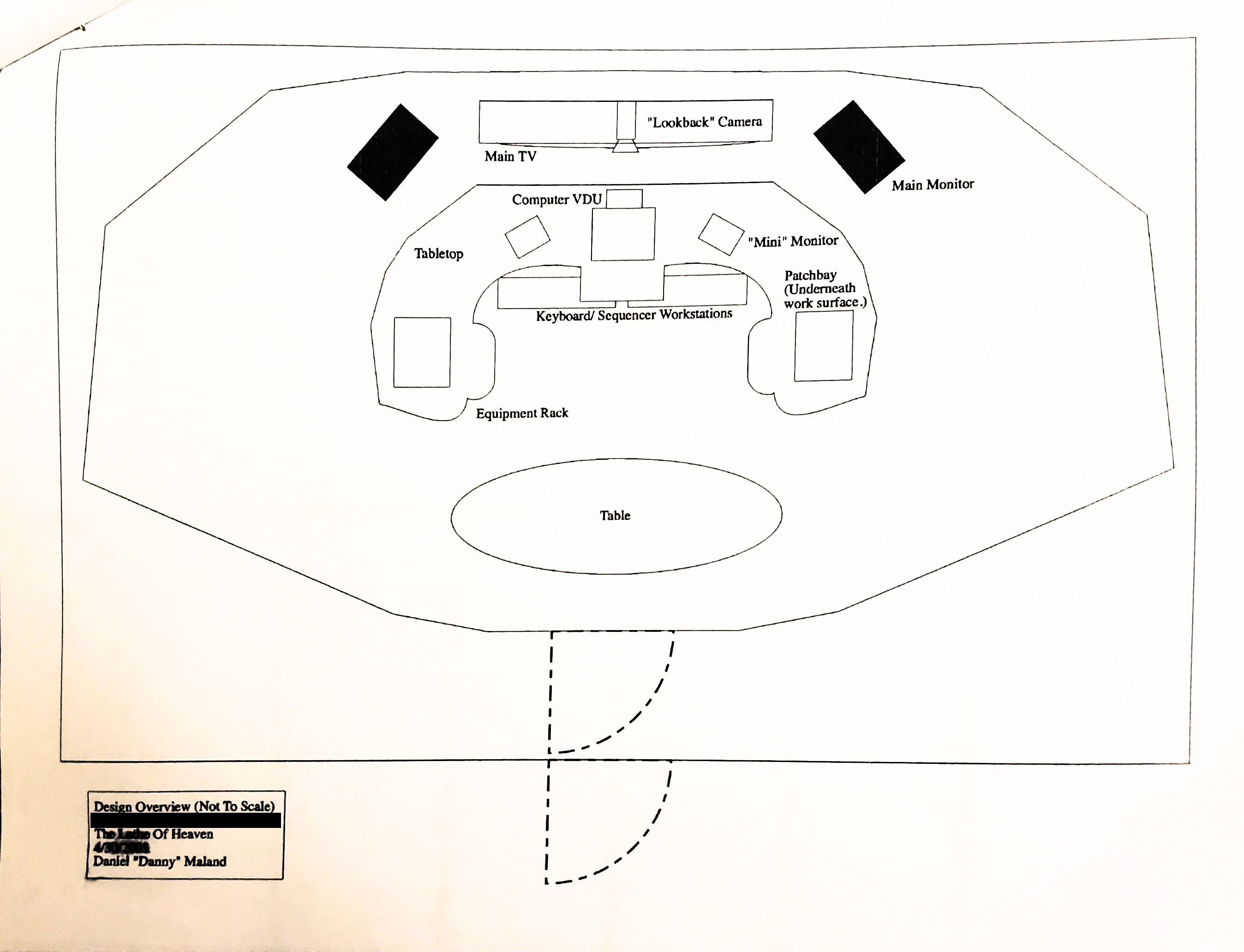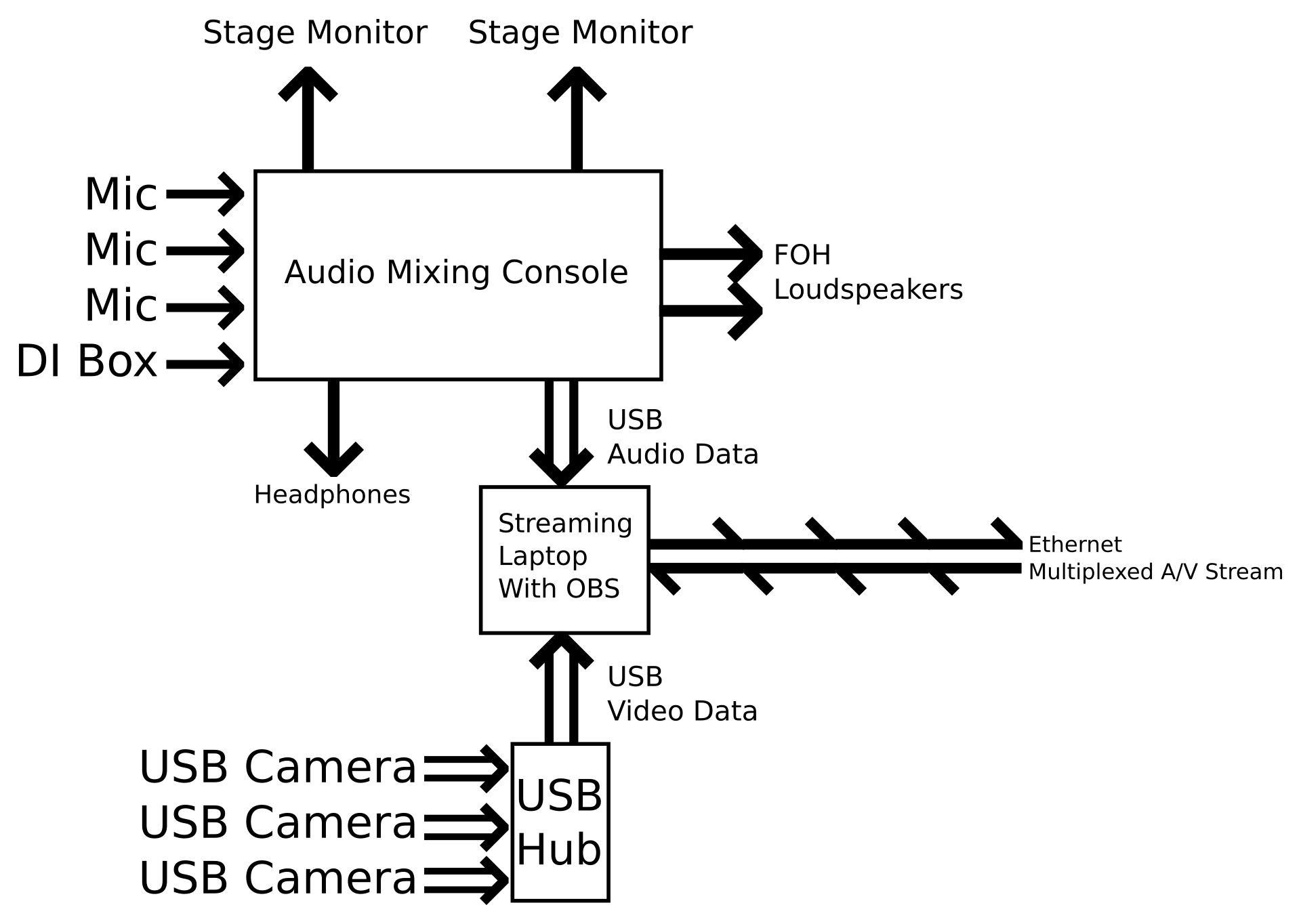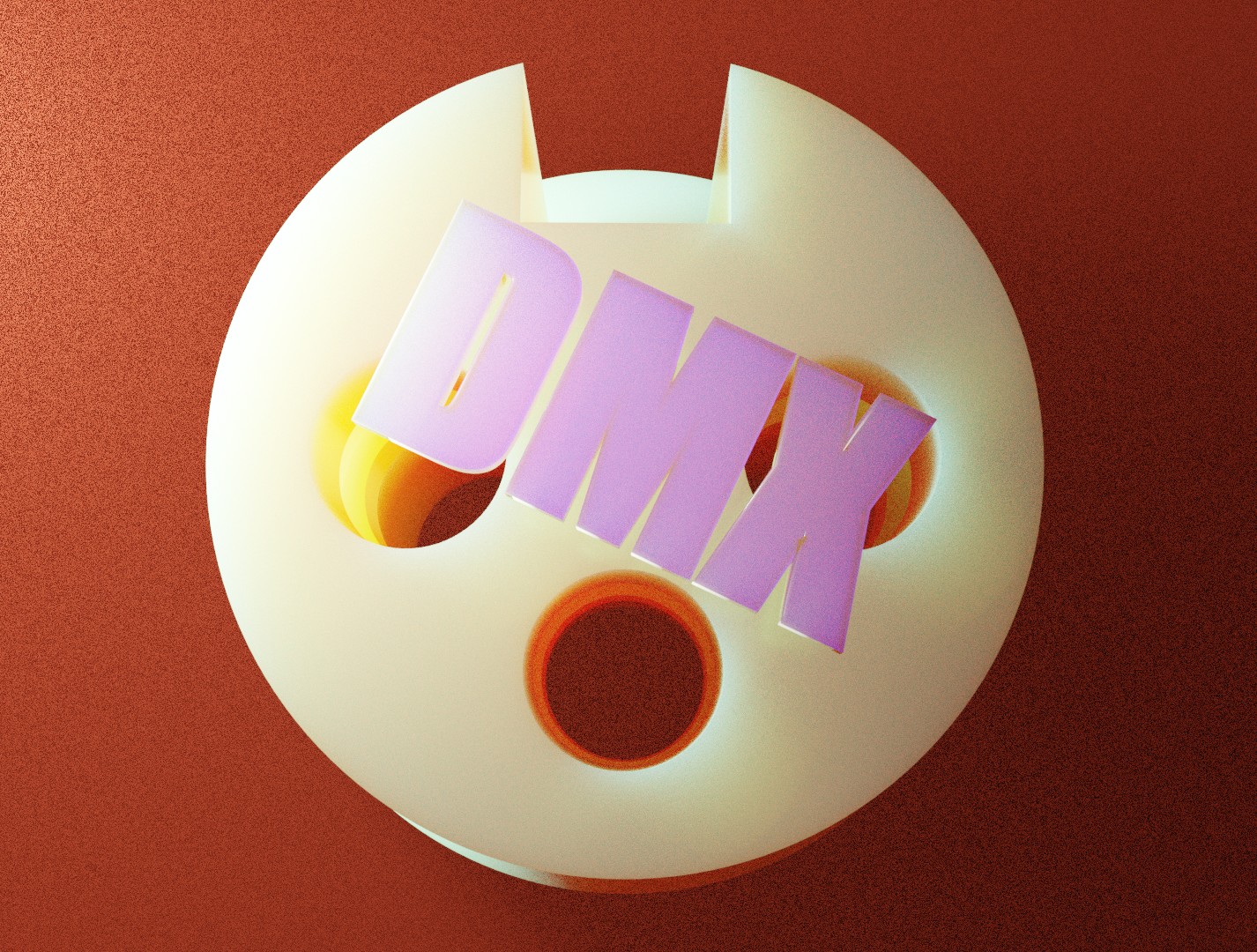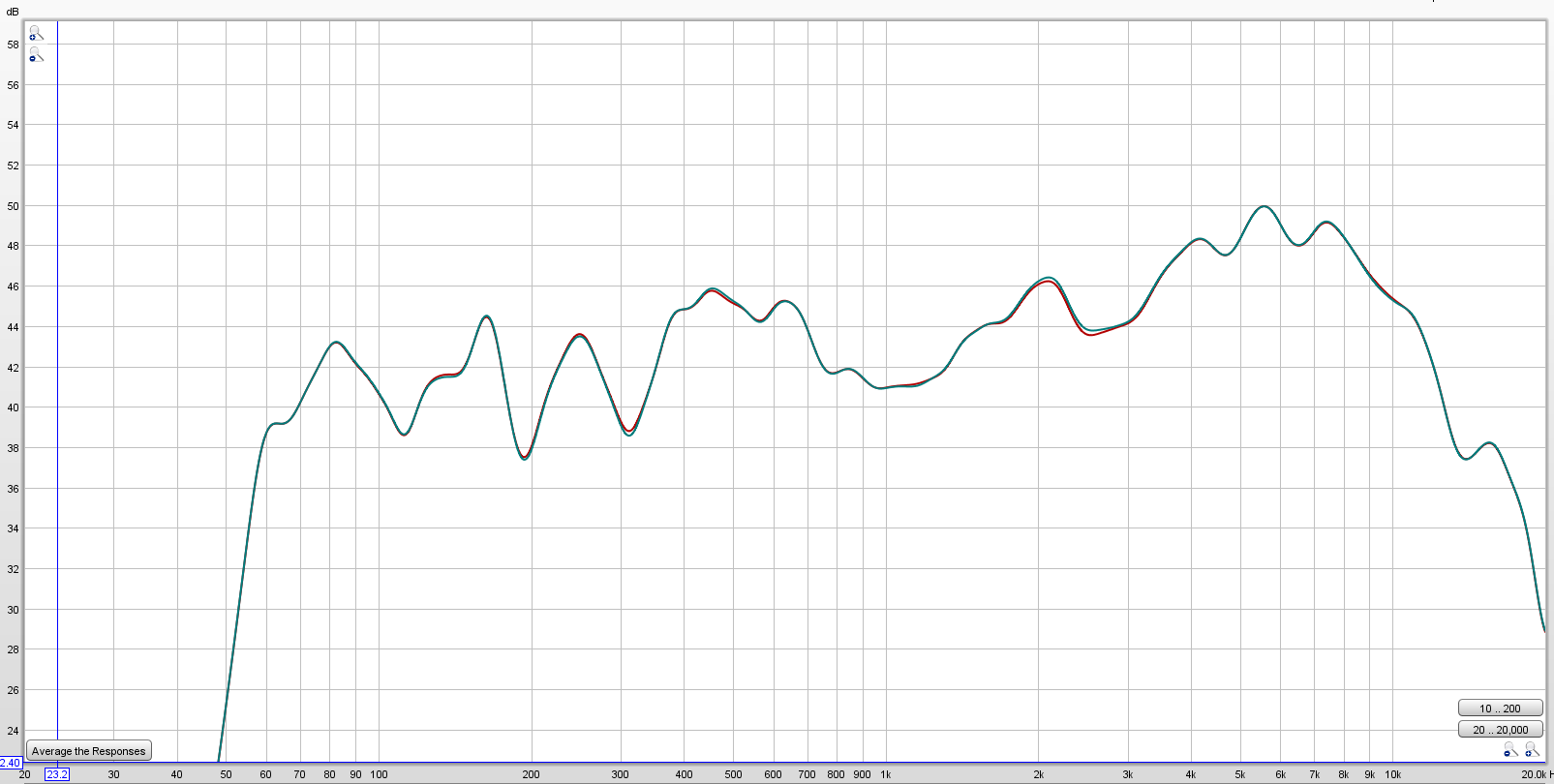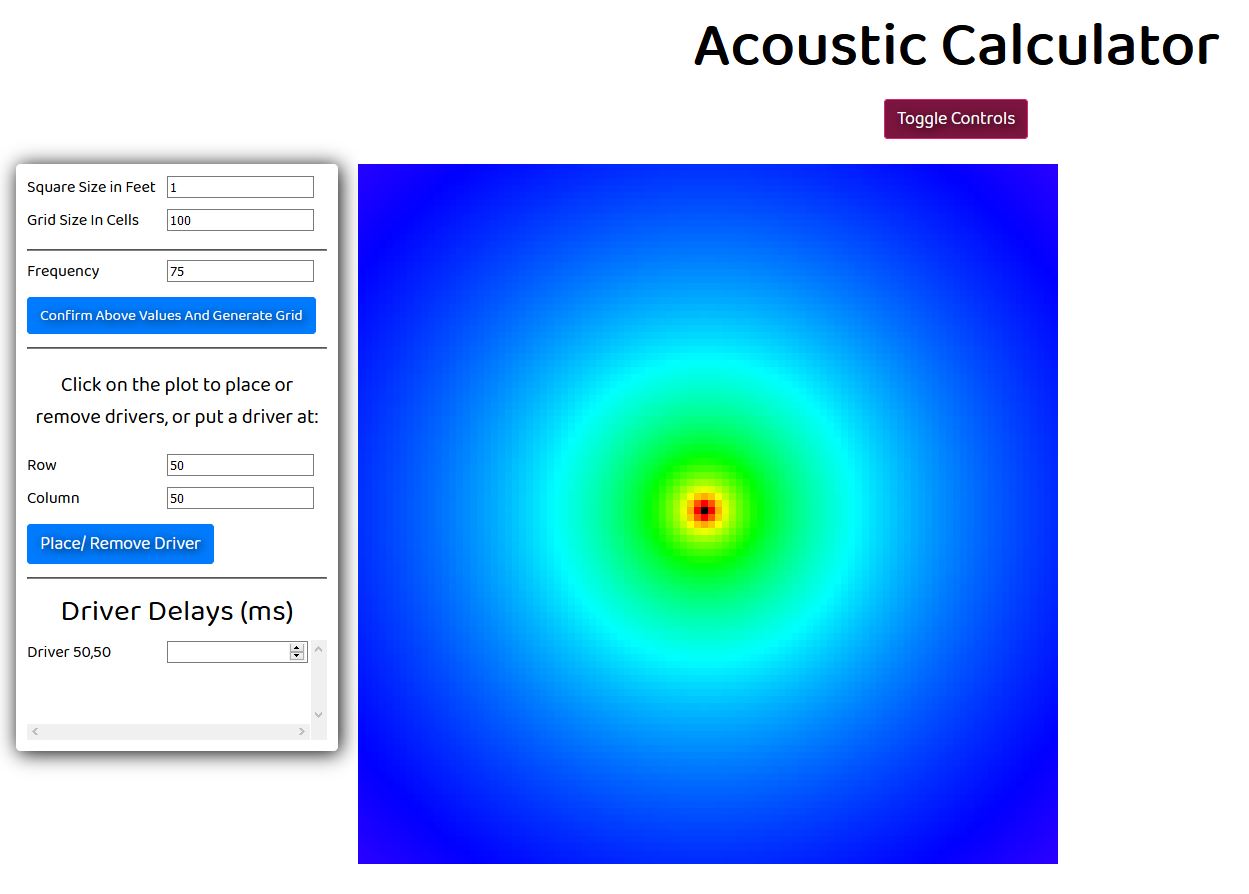Making yourself look bad is bad enough. Making your employer look bad is much worse.
 Want to use this image for something else? Great! Click it for the link to a high-res or resolution-independent version.
Want to use this image for something else? Great! Click it for the link to a high-res or resolution-independent version.Please Remember:
The opinions expressed are mine only. These opinions do not necessarily reflect anybody else’s opinions. I do not own, operate, manage, or represent any band, venue, or company that I talk about, unless explicitly noted.

Failure is part of this business. I’ve said many times that mixing a live show is “screwing up and fixing it a million times, very quickly.”
Some failures are worse than others, though. I’d even categorize failures into acceptable and unacceptable groups. Acceptable failures have the geometry of what I described above: Something that you can fix very quickly, and is really not noticeable to most observers. A mix not being absolutely perfect at any given point is an easy example of that.
Unacceptable failures, on the other hand, may not be correctable swiftly, and/ or are very noticeable, and at the extreme end of the spectrum can put people in physical danger. (A serious-injury-producing safety compromise automatically earns an “unacceptable” rating, no matter what.) If safety issues are excluded, though, what’s the worst kind of unacceptable failure?
The one where your employer looks bad – not just you. When the folks writing the checks are embarrassed because of something you did or failed to do, when other people regard them poorly because of their association with your lack of execution.
Ick. That’s an awful feeling. It’s like burning to a crisp from the inside, except that actually turning into charcoal would put you out of your misery.
How do you avoid that eventuality? It’s just like everything else: Do your homework. Resist the temptation to cut corners. Insist on a schedule that’s actually achievable in real life. Have a backup plan. (Especially if anything you’re doing involves wireless anything. Mics. In-ears. Remote console control. ANYTHING.) Assiduously refrain from making a promise that you don’t have a clear pathway for executing on. (“Tell ‘em whatever to get the job, and we’ll just figure it out later” is not an appropriate strategy for anything at any time.)
And what happens when you inevitably encounter a situation where you can’t avoid that feeling? If you’re in this long enough, you’re going to live through a trainwreck of some severity.
I can only recommend that you try to own your mistakes. Don’t attempt to BS your way out of trouble. Apologize, explain what went wrong, and how you didn’t account for it. In the most extreme cases, a reputation for honesty and humility may be all you have left to salvage. If that’s what you’re left with, then hold onto it. You’ll need it later.
The previous is not easy. I’ve been doing this for decades, and I still can’t always fight against the urge to justify myself. We have a powerful need for that as people, and beyond that baseline I think audio humans often develop a special need to be validated. We all have this latent desire to be seen as “the best,” and pretty much everything (including ourselves) threatens that desire.
But, as I said: Try. Practice owning your small mistakes so that a big one isn’t a completely novel experience. It’s just like anything. Running simulations makes you less likely to panic during the real thing.
